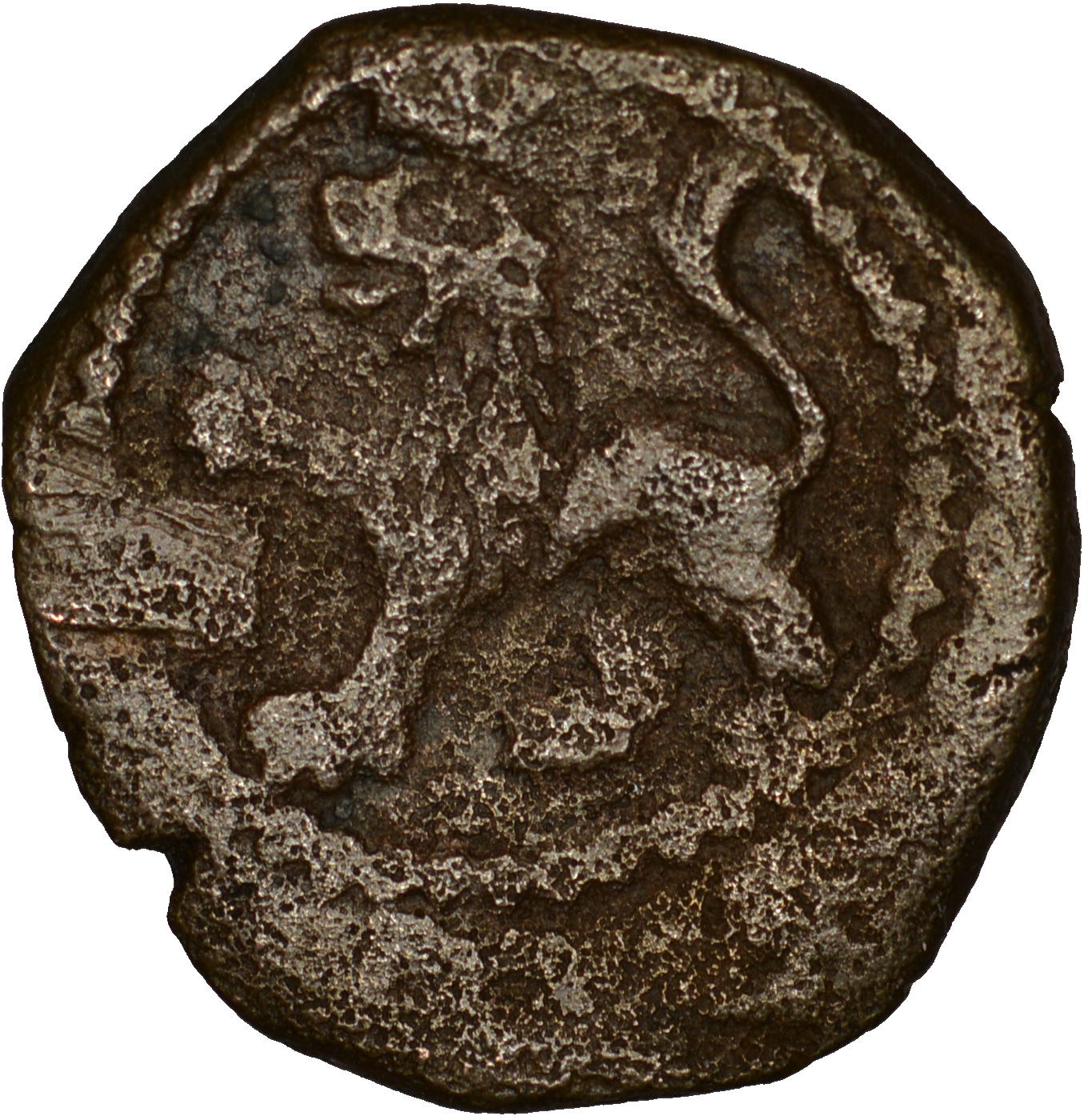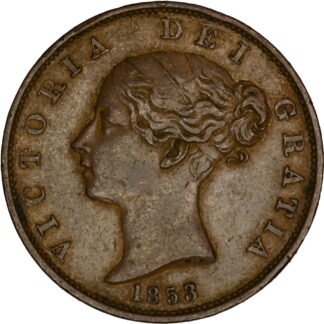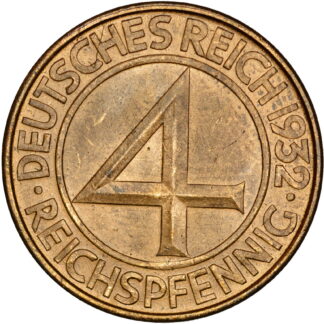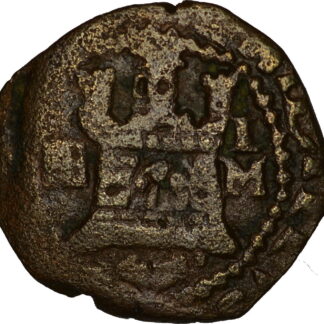Description
With Felipe II, a stage begins in which the conception of the State ceases to be a merely patrimonial, and there will be no more divisions than those from wars and diplomacy. However, the Austrias never encouraged the nationalist centralization of their domains, which could be an important factor in not suffering the disaffection of some territories, but of course, the same effect did not occur as in other countries around the surroundings. The centralization would not reach the Bourbons. In 1556, Carlos retired and divided his legacy between his son Felipe and his brother Fernando. Felipe II will overcome the French again in San Quintín and Gravelinas getting in 1559 the peace of Cateau-Cambresis, which would take the French threat away for several decades. It will be the time of Hispanic hegemony that will reach the 30 -year war, setting some authors in the battle of Rocroi of 1643, the turning point. In any case, this era will be governed by the colonial expansion, establishing throughout America from north to south, and in Asia, with the establishment in the Philippines (Foundation of Manila in 1572) and by the wars of religion that Felipe led with an intransigence That his father had not had, which led to war with Holland, and his disastrous effects on the economy and above all, on the Portuguese colonies, since in 1580, Felipe would also inherit the Portuguese throne. On the other hand, Coto would also be put into Ottoman expansionism in the Mediterranean in the battle of Lepanto, organized the Holy League in response to the Ottoman siege of Famagusta. While they were late to help Cyprus, the battle ended Ottoman expansionism that would have been declining from then on. The beginning of the 30 -year war and the entry of Spain in the conflict, was a strong thrust of Catholics, considering 1625 as an Annus Mirabilis for the successes achieved against Protestants, the Netherlands and Danish. But luck would change and count Duke would increase internal problems. The Castilian economy collapsed through the war and the Dutch attacked Portuguese trade when it was most missing. To increase problems, in 1630 Gustavo Adolfo appears on the scene landing in Germany. The peace of Prague in 1635 reached, it seemed that Germany stabilized, and then France enters the war and when Olivares try to force economic contributions from the ancient kingdoms of Aragon, it ended up causing the war of the sealesters and the separation of Portugal. The Spanish economy was exhausted and could no longer compete with the power of France, as it ended up demonstrating in the dunes and later in Rocroi, where the Spanish thirds, once almighty were devastated. In the peace of Westfalia, Spain recognizes the independence of the Netherlands and in 1659 it is forced to sign the peace of the Pyrenees and in 1668 recognize the independence of Portugal. With the arrival of Carlos II “The Gazizer” to power, the problems increased, including the French invasion of the Netherlands, which showed the Spanish weakness. The death without heirs of Carlos II would cause the war of succession and an era of important changes with the arrival of the Bourbons.







Reviews
There are no reviews yet.